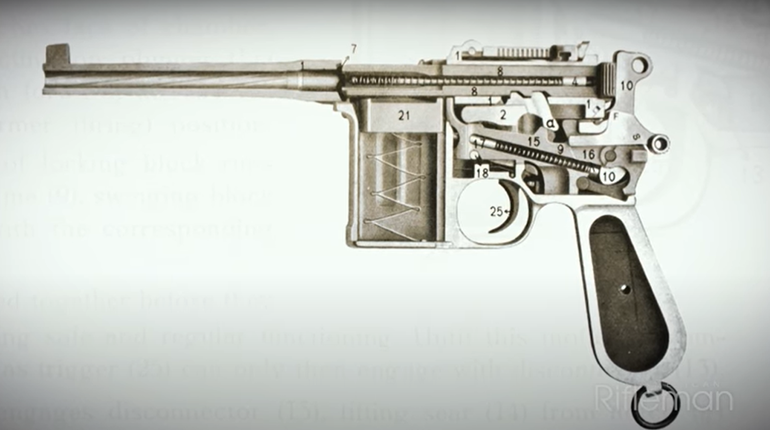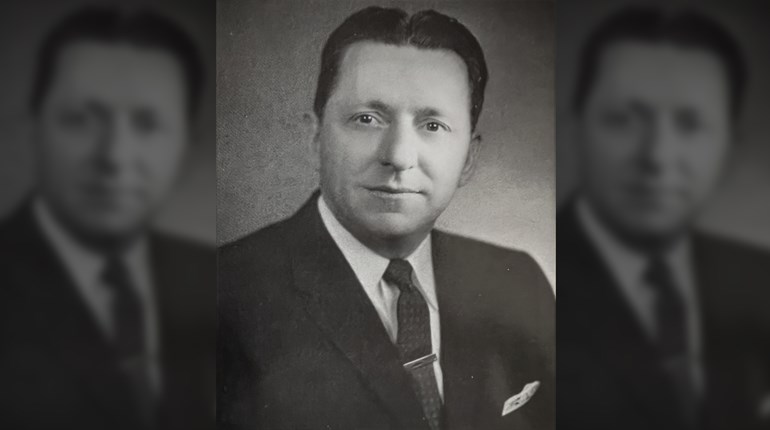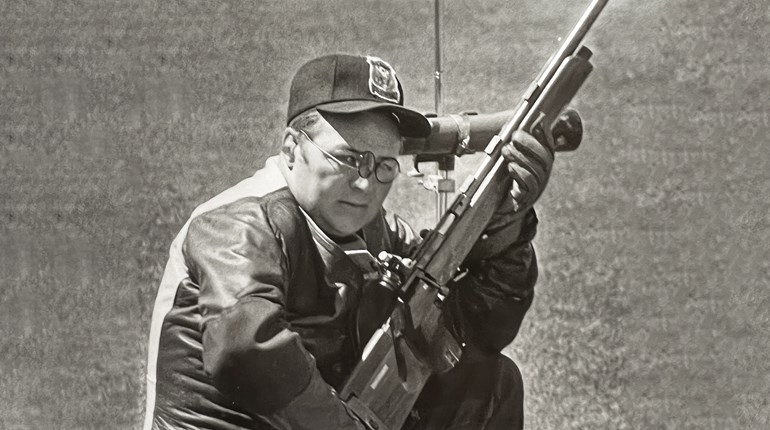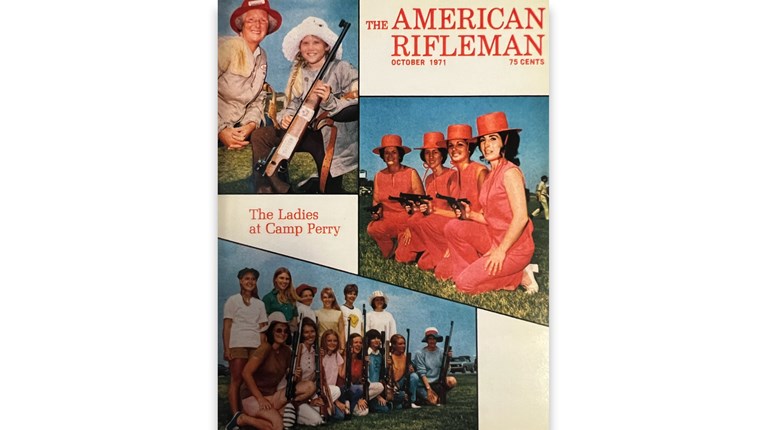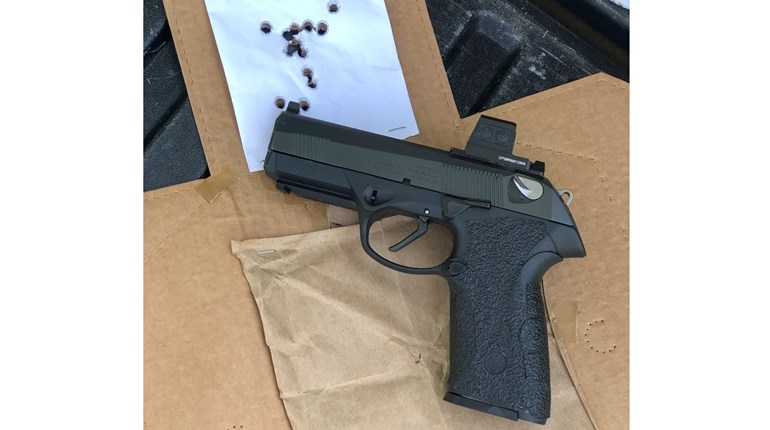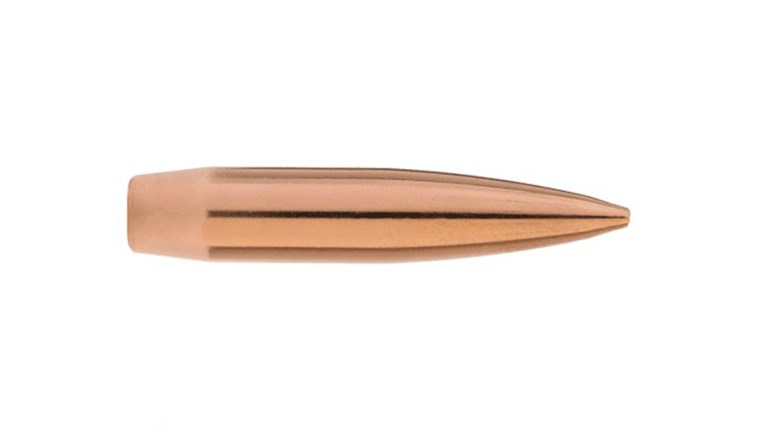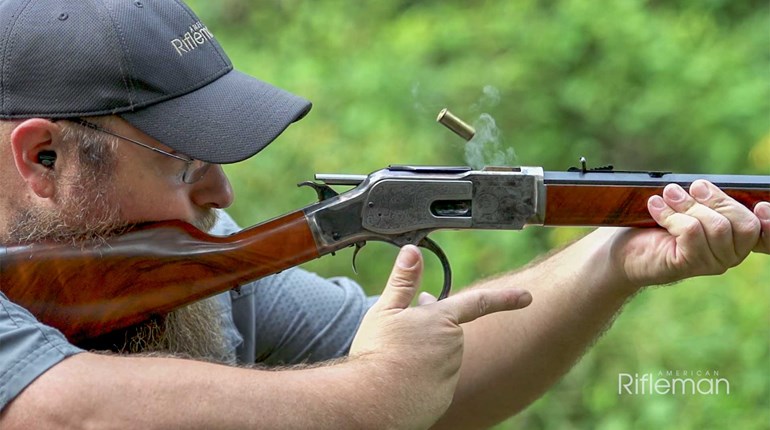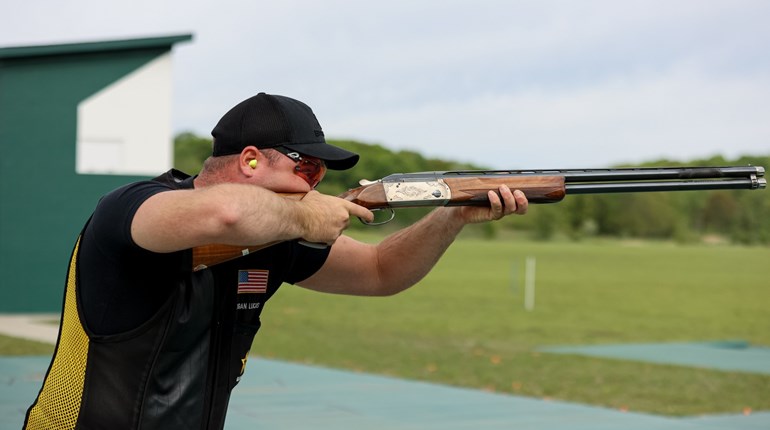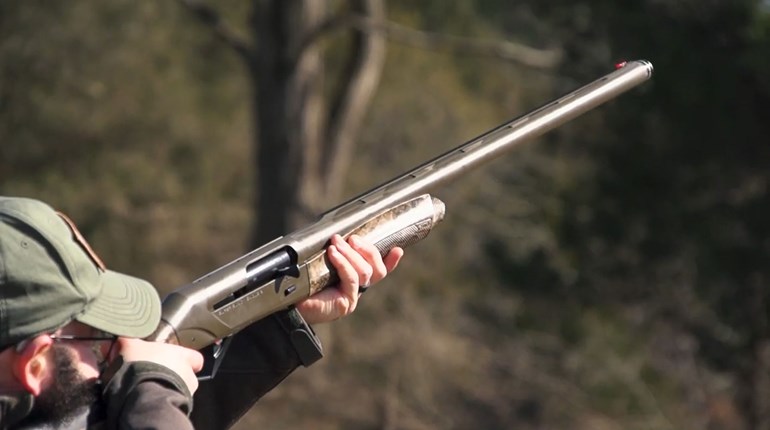"Jezail" is an Afghan word that simply means "long barrel," and that's one of the best ways to describe this distinctive style of longrifle. What you won't find to describe one is a serial number or manufacturer's stamp, because one of the hallmarks of the Afghan Jezail is that they were all handmade. There was never any such thing as a "Jezail Arms, Inc." Instead, this unique style of historical long arm is a prime example of the craftsmanship and determination of the Afghan tribes of the nineteenth and twentieth centuries.
There are many fascinating aspects of the Jezail, chief among which is how similar these rifles tend to be despite the fact that they were forged over outdoor fires by individual craftsmen. First, of course, there's that extremely long barrel. Then there's that remarkable sine-wave buttstock. Then there are the elaborate and beautiful inlaid embellishments, which tend to have a distinctive look.
"In the Hindu Kush area, you know, Pakistan, India, Afghanistan, percussion caps weren't available for them to purchase readily, so flintlocks stayed in vogue well into the early 20th century in a lot of these tribal areas in the hinterlands, so to speak," NRA Museum Director Phil Schreier said. "And the jezail is a gun that whoever owned it was very proud to have and decorated it profusely. You hardly find any of them that aren't overly decorated with some kind of inlay embellishment. And the guns are pretty accurate, considering the fact that they're mostly handmade."
In this great episode of American Rifleman TV, you'll get to learn more about one of the most unique styles of flintlock rifle ever produced ... and how the Jezail is still making history even today.

